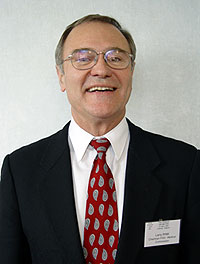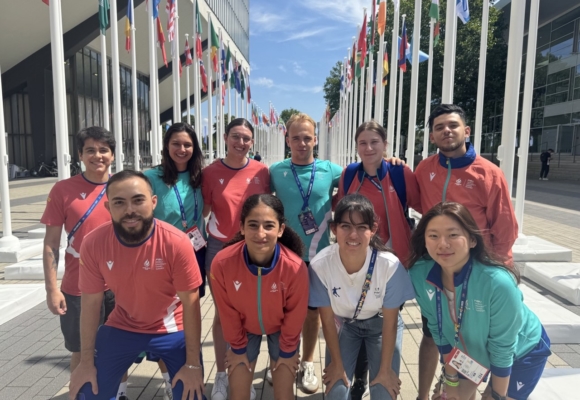As we anticipated the World Health Organization did increase the level of awareness to Phase 6. This means that the virus is more widespread and the potential for a pandemic in the world does exist. This does not mean that this virus is more virulent. To date 75 countries have reported confirmed cases of the H1N1 influenza. There have been 39,620 cases reported worldwide as of June 17, 2009. There have been 167 deaths. Only 1/6 of the cases reported are from Mexico, but more than 2/3 of the deaths occurred in Mexico.
No cases have been reported in Serbia to date. With few exceptions countries with large numbers of cases, which include the United States, Chile, Canada, Mexico and Australia, are countries with excellent surveillance and reporting mechanisms. By far the largest number of cases has been reported in the United States, almost 40% of the total, but less than 25% of the deaths have occurred in the United States.
We have been assured by the Republic of Serbia Ministry of Health and the Medical Military Academy who are in charge of local medical care that adequate plans are in place to protect our student-athletes and to provide early detection of any signs of the H1N1 influenza being present. They have adequate plans, facilities and supplies of anti-viral medications to deal with exposure to H1N1 influenza.
How can we put this into perspective?
Fortunately because of the SARS and Bird Flu epidemics the world is much better prepared than we were in the past. No previous pandemic has been detected or watched so closely in real time. The world and specifically the World University Games can reap the benefits of investments in pandemic preparedness. Therefore this places us in a very strong position. This has allowed us to realize that this virus is different than the seasonal influenza virus in that it does tend to attack younger, healthier people. It has also allowed us to realize that this virus is not as dangerous or virulent than was originally expected based on original reports from Mexico.
What should we do to help prevent the spread of the H1N1 virus and protect people?
1. Do not travel if you have had significant viral symptoms such as cough, fever, chills in the previous week.
2. If you become ill after you enter Serbia please report any problems to the Polyclinic or physicians at the venue sites.
3. Use the well known protective habits of washing your hands well and not placing your hands in your mouth.
4. Be willing to follow the recommendations of the Republic of Serbia Ministry of Health and the Medical Military Academy in regard to declaring no symptoms and reporting any contact.
5. Please follow the FISU website (www.fisu.net), the Universiade Belgrade 2009 website (www.universiade-belgrade2009.org) and World Health Organization website (www.who.int) for further updates.
Based on all available evidence we would anticipate the H1N1 influenza incidence to slow down significantly in the next two months although it may well arise again in the fall.
Lawrence D. Rink, MD, FACC
Chair FISU Medical Committee

 Dr. Larry Rink
Dr. Larry Rink



